Making The Transition From School to University

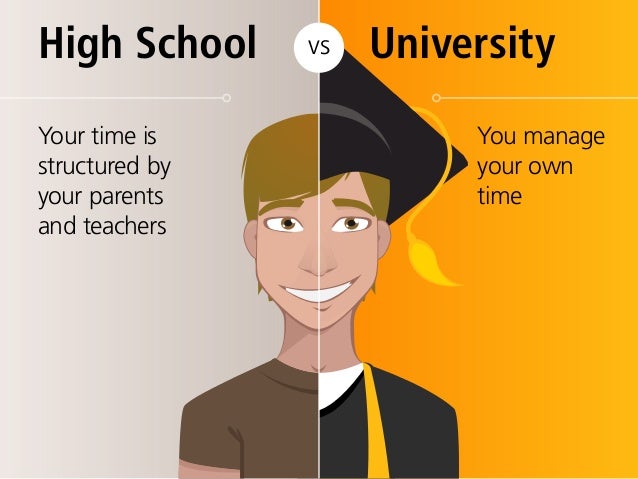
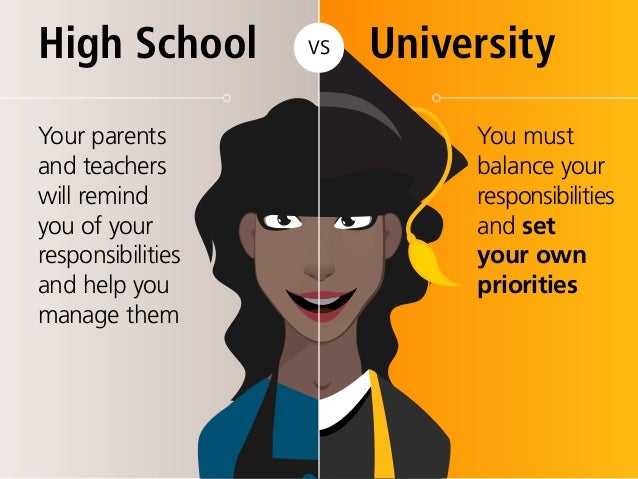
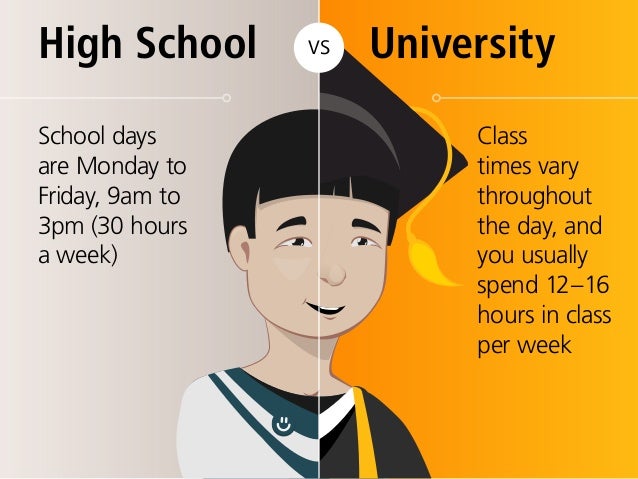
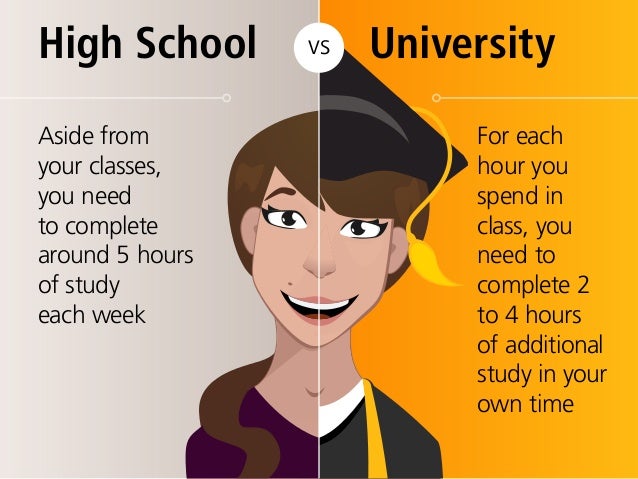

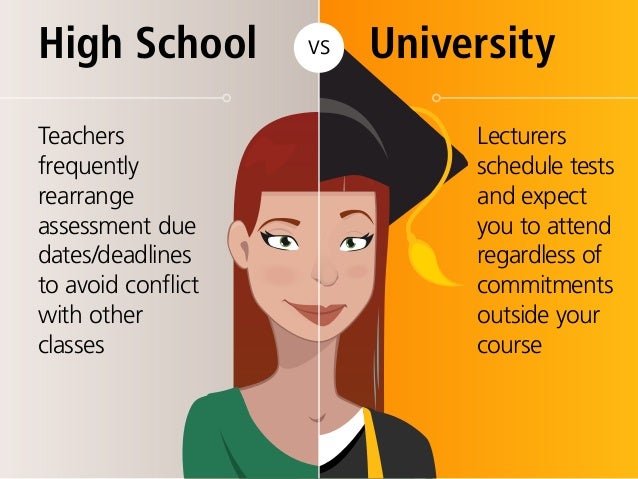
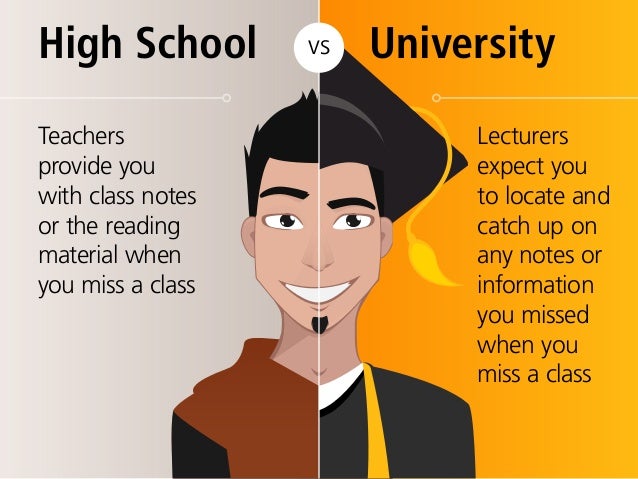
As we know, there are a few differences between high school and university. Many things become new to us especially when it comes to our routine and daily life. Plus, we also will make new friends in university that will be by our sides for few years in university. So, by hook or by crook we need to adapt with our new life in university and never give up.
Characteristic of successful students
- Accept responsibility. You can see as primarily responsible for your outcomes and experiences.
- Are self-motivated
- Master self-management
- Are independence
- Have safe awareness
- Believe in yourself
Learning Style Inventory
Learning style inventories are designed to help respondents determine which learning style they have. These inventories typically take the form of a questionnaire that focuses on how people prefer to learn. There are a few types of learning modalities such as auditory, visual and kinesthetic. These types will tell you which person you are.

- Auditory learners prefer to hear info rather than reading it or seeing it displayed visually. These auditory learners like to recite information out load to remember it; give them a chance to repeat your points back to you by asking questions and calling for audience answers.
- Visual learners prefer to see info and to visualize the relationships between ideas. Give them charts and graphics, make your presentation highly visual and show the relationships between your various points.
- Meanwhile, Kinesthetic learners more to hands on, experiential learners; they learn best by doing. These kinesthetic learners sprinkle in a few exercises that get your audience to stand up and move around in order to demonstrate or experience certain points (i.e. role playing); you can also ask kinesthetic learners to write things down in order to remember.
You can know which learning style you are by checking on google or on this website:
http://www.educationplanner.org/students/self-assessments/learning-styles-quiz.shtml
So, this is my learning style:
So, now I already know what type learning style am I which is I am more to kinethetic person. I can develop this learning style on my study skills.
Topic 2: Goal Setting
Goals are the things that we want to achieve, things that we want to aim as we pursue a certain course of action. There are two types of goals which are, long-term action and short-term action. We must have our own goal setting that we need to think about our ideal future and to motivate ourselves to turn this vision into reality. The process of goal setting will help you where you want to go in life. A SMART goal is used to help guide goals setting. SMART is an acronym that stands for Specific, Measurable, Achievable, Realistic and Timely. Therefore, a SMART goal incorporates all of these criteria to help focus your efforts and increase the chances of achieving the goals.
SMART goals are:
- Specific: Well defined, clear, and unambiguous.
- Measurable: With specific criteria that measure your progress towards the accomplishment of the goal.
- Achievable: Attainable and not impossible to achieve
- Realistic: Within reach, realistic and relevant to your life purpose.
- Timely: With a clearly defined timeline, including a starting date and a target date. The purpose is to create urgency.
Goal statements - The Five Step Approach





No comments:
Post a Comment